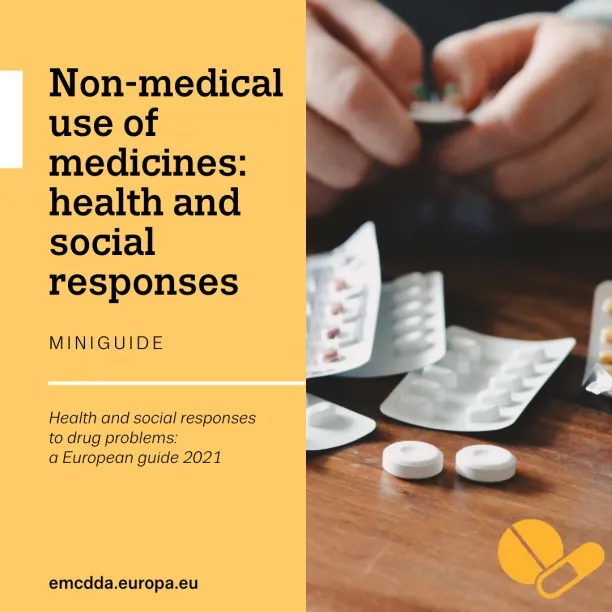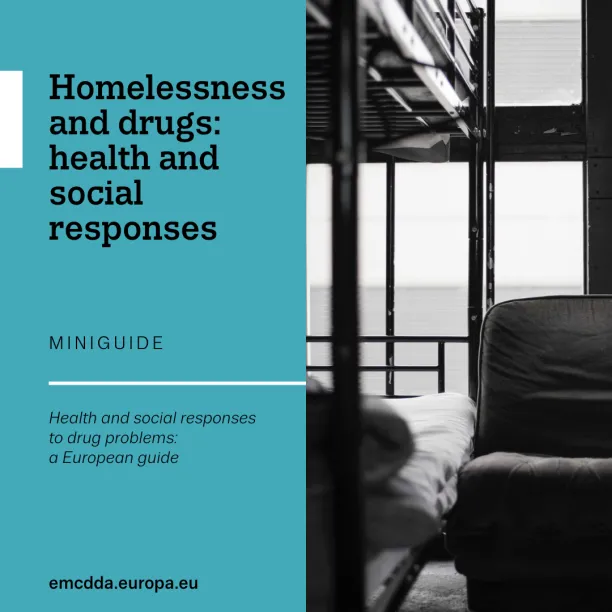Health and social responses to drug problems: a European guide
Health and social responses to drug problems: a European guide examines some of the key public health challenges in the drugs field today and offers timely and practical advice to practitioners and policymakers for designing, targeting and implementing effective responses. The guide is composed of four sets of miniguides that look at responses to a range of drug problems in Europe. Framing the miniguides are two central resources: an action framework for developing responses and a set of strategies for successful implementation. Several spotlights frame issues cross-cutting the different components.

Action framework and strategies for successful implementation
Responses to drug problems are any actions or interventions that are undertaken to address the negative consequences associated with the illicit drugs phenomenon. Here you will find resources that consider important factors in the planning and implementation of health and social responses to drug problems.


Patterns of use
It is important to identify which responses are most appropriate to particular patterns of drugs. Here you will find resources that consider responses to different patterns of use and the specific substances that are common in many EU countries.






Harms
Understanding the harms to individuals and communities is important when selecting appropriate responses to tackle them. Here you will find resources that consider responses to drug-related harms that are of concern in many EU countries.


Settings
The setting in which use occurs is an important factor that can influence the problems that may be associated with use, and the selection of appropriate responses. Here you will find resources that consider responses that may be implemented in different settings.





People with vulnerability
Some sub-groups of the population have particular drug problems, needs or vulnerabilities that require specific interventions. Here you will find resources that consider responses to people with vulnerability.






Interventions
A wide range of health and social responses are available for tackling drug problems. These may be used with different populations, at various stages in the drug problem, individually or in combination. Here you will find resources that consider the specific issues that different interventions aim to address.
Spotlights
Here you will find short and top-level resources that focus on additional topics.
-
Spotlight on… Addressing sexual health issues associated with drug use

-
Spotlight on… Comorbid substance use and mental health problems

-
Spotlight on… Drug checking

-
Spotlight on… Drug consumption rooms

-
Spotlight on… e-health interventions

-
Spotlight on… Fentanils and other new opioids

-
Spotlight on… Health and social responses to drug problems during the COVID-19 pandemic

-
Spotlight on… Non-medical use of benzodiazepines

-
Spotlight on… Performance- and image-enhancing drugs

-
Spotlight on… Synthetic cannabinoids

-
Spotlight on… Understanding and using evidence

Background papers
Here you will find reports that explore in more detail several issues addressed above.
- European responses to the needs of people who experience homelessness and use drugs
- Health and social responses to problems associated with the use of performance- and image-enhancing drugs
- Responses to the needs of children of people who use drugs
- Responding to drug-related problems among migrants, refugees and ethnic minorities in Europe








